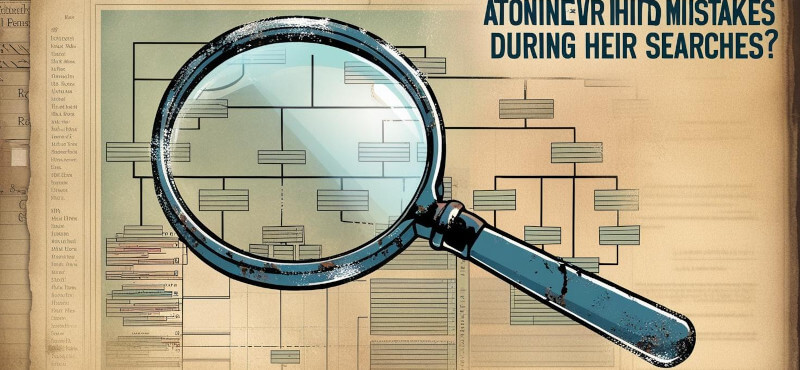Summary
Proving heirship in the context of estate planning and probate can be a complex undertaking. It often requires specific legal documents to validate one’s claim to an inheritance. This article outlines essential documents, common challenges faced during the heirship process, and offers a clear step-by-step guide. By understanding the necessary requirements and resources, legal professionals can effectively assist their clients in navigating the heirship verification journey.
Overview
When a loved one passes away and leaves behind an estate, proving heirship is crucial to determining who is entitled to inherit their property. Heirship refers to the legal recognition of an individual as a rightful heir to the deceased’s assets. Legal documents play a vital role in establishing this status, ensuring that the distribution of the estate abides by state laws and the deceased’s wishes.
Common Challenges
The process of proving heirship often presents several challenges, including:
- Missing or incomplete documentation.
- Disputes among potential heirs.
- Lack of understanding of applicable state laws.
- Identifying heirs when family trees are complex or when the deceased had no known relatives.
Step-by-Step Process
Follow these steps to effectively establish heirship when dealing with an estate:
1. Gather Necessary Documents
The foundational step is to collect specific documents that provide evidence of heirship. Some of the primary documents include:
- Death Certificate: This is the essential document confirming the death of the individual.
- Will or Trust Document: If the deceased left a will or trust, these documents outline the distribution of assets and identify heirs.
- Marriage and Birth Certificates: These validate relationships between the deceased and potential heirs.
- Affidavit of Heirship: A legal document sworn by witnesses confirming the heirs’ identities and relationships to the deceased.
- Probate Court Documents: If the will goes through probate, court records can confirm the validity of the will.
2. Confirm State-Specific Requirements
Each state has its own laws regarding heirship and probate. Identify and understand the specific requirements for your state to ensure compliance.
3. File Necessary Petitions
In most cases, you will need to file a petition for probate or heirship with the local probate court. Consult with an attorney if you have questions about this process.
4. Obtain Court Order
Once all documents are submitted and reviewed, the court may issue an order confirming heirship. This document is crucial for the distribution of the decedent’s estate.
FAQs
What legal documents do I need to prove my status as an heir?
You typically need a death certificate, will or trust document, marriage or birth certificates, affidavits of heirship, and relevant probate court documentation.
How long does the heirship process take?
The timeframe for establishing heirship can vary based on state laws, the complexity of the estate, and whether there are disputes among heirs. It may take a few weeks to several months.
What should I do if there are disputes among heirs?
Consult an attorney who specializes in probate and estate planning. They can help mediate conflicts and guide you through the necessary legal processes.
Are there differences in heirship laws by state?
Yes, each state has its own laws governing inheritance and heirship. It’s essential to be familiar with the regulations in your specific state.
Expert Tips
- Start the process as soon as possible after the death to avoid delays.
- Keep communication open among potential heirs to minimize disputes.
- Utilize professional services like HeirPros for heir searches and related documentation assistance.
- Document everything meticulously; keeping organized records will streamline the process.
Related Resources
For more insights on estate planning and heir searches, consider exploring the following resources:




